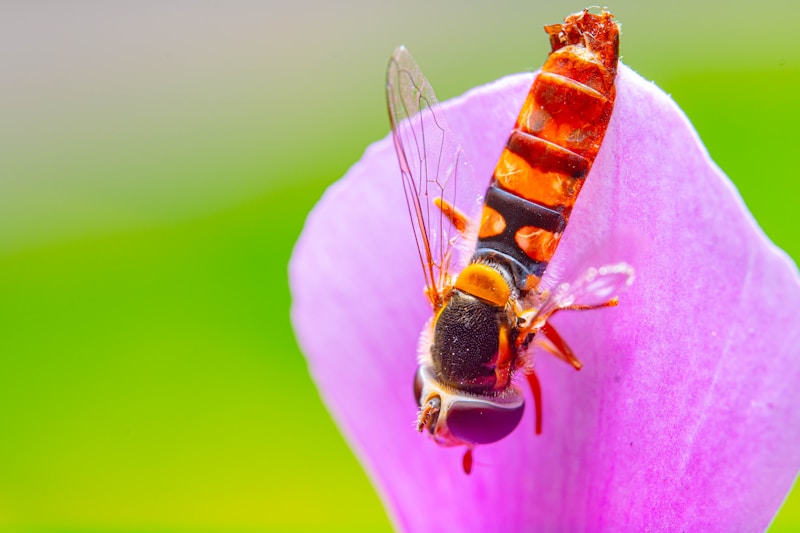35 Questions
What are the functions of microvilli on the cell surface?
Increase the surface area for absorption
Where are microvilli commonly found in the human body?
Intestinal epithelium and proximal tubule of the kidney
What is the main component of microvilli structure?
Actin filaments
What is the function of the lateral surface of epithelial cells?
Facilitate cell-cell communication
What is the structure of microtubules?
Hollow tube-like composed of 13 protofilaments
What is the function of stereocilia?
Increase the cell surface for absorption
What is the length comparison between cilia and flagella?
Cilia are shorter than flagella
What is the internal structure of microtubules composed of?
Tubulin subunits (dimer)
What is the type of movement exhibited by flagella?
Undulating wave type of movement
What is the function of the dense fibers in mammalian sperm?
Protective function
What drives a current towards one side of the node in cilia?
The beating of the cilia
What is the asymmetric expression pattern of a signal protein in the neighborhood of the node called?
Nodal
What is the characteristic arrangement of microtubules in cilia called?
Axoneme
What is the function of cilia in the respiratory tract?
Move mucus, dust particles, and bacteria out of the airways
How are microvilli attached to the plasma membrane?
By lateral arms containing myosin I and calmodulin
What is the structure at the base of cilia?
Basal body
What is responsible for the recovery stroke in ciliary movement?
Dynein arms
What is the mechanism of ciliary movement based on?
Sliding microtubule mechanism
What do cilia and flagella beat when ATP is added in vitro?
They show the same movement as observed in living cells
What is the structure that forms microvilli?
Actin filaments crossing the terminal web
What is the function of cilia in the uterine tubes?
Transport ovum
What is involved in ciliary movement and contains ATPase activity?
Dynein arms
Where are cilia found in the body?
Respiratory tract, uterine tubes, and efferent ducts
What is the function of cilia in the efferent ducts?
Propel spermatozoa
What genetic disease is characterized by respiratory tract disorders, chronic sinusitis, and male infertility?
Kartagener's syndrome
What is the consequence of the absence of dynein arms in ciliary axonemes?
Immotility in cilia from the respiratory tract
What is the function of dynein in ciliary movement?
Produces sliding movement along doublet microtubules
What is the composition of basal bodies?
Nine sets of triplet microtubules
What is the consequence of the absence of dynein arms in cilia in Kartagener's syndrome?
Nodal cilia immotility, affecting the normal positioning of internal organs
What is the role of basal bodies in ciliary and flagellar growth?
Organizing axoneme microtubules and giving rise to cilia and flagella
What experimental evidence provided crucial insights into the role of dynein in ciliary and flagellar motility?
Electron microscopic observations of immotile sperm flagella and bronchial biopsies
What is the consequence of the absence of dynein in the synthesis of sperm axoneme in Kartagener's syndrome?
Immotile sperm due to the absence of dynein arms
What components are required for ciliary movement?
ATP, Ca ions, and Mg ions
What is the structure of dynein arms in relation to microtubules?
Form temporary cross bridges between adjacent microtubules
What is the significance of ciliary movement during development?
Crucial during development and left-right asymmetry establishment
Study Notes
Dynein and Cilia: Key Concepts
- Dynein is essential for the motility of cilia and flagella, as demonstrated in Kartagener's syndrome, a genetic disease characterized by respiratory tract disorders, chronic sinusitis, and male infertility.
- Kartagener's syndrome is caused by a congenital defect in the synthesis of dynein, leading to immotile sperm due to the absence of dynein arms in the sperm axoneme.
- The absence of dynein arms in ciliary axonemes also causes immotility in cilia from the respiratory tract, leading to impaired mucus transport and respiratory tract disorders in patients.
- Dynein functions as a microtubule motor that produces sliding movement along doublet microtubules, converting sliding to bending through the action of radial linkers, essential for ciliary movement.
- Dynein arms form temporary cross bridges between adjacent microtubules, undergoing cyclic break and reattachment in an ATP-dependent process.
- Ciliary movement requires ATP, Ca ions, and Mg ions, with basal bodies playing an important role in organizing axoneme microtubules and giving rise to cilia and flagella.
- Basal bodies are cylindrical structures composed of nine sets of triplet microtubules, closely related to centrioles, and are essential for ciliary and flagellar growth and movement.
- Cilia and flagella grow from basal bodies, with ciliary movement being crucial during development and left-right asymmetry establishment.
- In Kartagener's syndrome, the absence of dynein arms in cilia leads to nodal cilia immotility, affecting the normal positioning of internal organs and causing left-right asymmetry defects.
- The experimental evidence from Afzelius's work in 1978, including electron microscopic observations of immotile sperm flagella and bronchial biopsies, provided crucial insights into the role of dynein in ciliary and flagellar motility.
- Dynein's walking model was demonstrated through experiments involving proteolytic enzyme digestion and ATP-induced sliding movement of dynein bridges along doublet microtubules, illustrating the mechanism of ciliary and flagellar bending.
- The study of dynein and cilia has significant implications for understanding genetic diseases like Kartagener's syndrome, as well as the fundamental mechanisms underlying ciliary and flagellar motility and their importance in human health.
Test your knowledge of dynein and cilia with this quiz covering key concepts such as the role of dynein in ciliary and flagellar motility, Kartagener's syndrome, basal bodies, and the ATP-dependent process of dynein arms. Ideal for biology and genetics enthusiasts.
Make Your Own Quizzes and Flashcards
Convert your notes into interactive study material.
Get started for free